The modern-day legal guidelines on how religion fits into the American public square have largely been the creation of one woman: Supreme Court Justice Sandra Day O’Connor.
The U.S. Supreme Court has been fiercely divided for a quarter-century, with four justices opposing religious images in the public square and all federal money to religious organizations, and with four allowing for both.
At the center has been O’Connor, the first woman on the high court, who announced her resignation last week.
O’Connor’s view — allowing for religious funding but crafting strict rules for religious symbols — has tipped the balance in many of the church-state cases since she joined the court in 1981. It has been her analysis that has led to federal funding for school vouchers, but has limited public displays of religious symbols.
“She feels government money doesn’t make anyone feel unequal,” said Noah Feldman, a law professor of New York University. “Symbols have the capacity to make people feel excluded.”
Numerous interest groups, including a wide range of Jewish organizations, are expected to mobilize for and against President Bush’s choice to replace O’Connor, 75. The stakes are high, because a conservative jurist, which Bush has suggested he would nominate, likely would change the court’s stance on some of the issues the Jewish community cares about.
Alan Dershowitz, a Harvard Law School professor, said O’Connor “single-handedly kept the wall of separation between church and state standing.”
“If she had not been on the court, we would have Christian prayer in the schools, Christian religious symbols displayed in public places,” he said.
On many issues, O’Connor split the difference between the court’s ideologues. Lawyers and activists say they often tailored briefs to court her vote, even including many of her previous opinions as background material, knowing she would be the swing justice on the issue.
“There was a joke among lawyers that you would just file briefs in her chambers and ignore the other eight justices,” said Marc Stern, general counsel for the American Jewish Congress.
O’Connor established an “endorsement test” on religious symbols in 1984, suggesting that the message a religious icon conveys is as important as the intent of those who crafted it.
“What is crucial is that a government practice not have the effect of communicating a message of government endorsement or disapproval of religion,” she wrote in Lynch v. Donnelly. “It is only practices having that effect, whether intentionally or unintentionally, that make religion relevant, in reality or public perception, to status in the political community.”
That analysis led to split decisions on the public display of nativity scenes. A cr?che by itself was seen as religious, but incorporating other religious and secular symbols changed the context and made the display more about a holiday season.
At the same time, O’Connor sided with conservatives and members of the Orthodox Jewish community, who argued in favor of permitting school vouchers and government funding for computer equipment to religious schools.
“The fact that she was a justice on the court while this evolution was going on meant it happened at a more moderate pace and more moderate tone than if you had a bloc of conservative justices,” said Nathan Diament, director of the Orthodox Union’s Institute for Public Affairs.
O’Connor also was a strong proponent of religious liberty, arguing that the government must show a compelling interest before infringing on religious exercise.
In one of her final opinions last month, O’Connor argued against the public display of the Ten Commandments in two Kentucky courthouses.
“It is true that many Americans find the commandments in accord with their personal belief,” she wrote in McCreary County v. ACLU. “But we do not count heads before enforcing the First Amendment.”
Nathan Lewin, an Orthodox attorney who argued before the Supreme Court on numerous occasions, said O’Connor was the observant Jewish community’s best friend on the combination of the establishment clause and issues tied to the free exercise of religion.
“She is very understanding and sympathetic of the needs of religious minorities and the ability to display those needs publicly,” Lewin said.
O’Connor’s appointment was historic. Nominated by President Ronald Reagan, she became the first woman on the high court.
“She’s been a role model, a distinguished jurist and furthered the advancement of women through her decisions, personality and presence,” said Judge Norma Shapiro, a judge on the U.S. District Court for the Eastern District of Pennsylvania.
Court analysts say O’Connor made decisions based on fact, not ideology, and looked at each case on its merits. She also looked to ensure that the court did not move too quickly. She provided the swing vote in many of the civil rights reforms of recent years, including repealing sodomy laws and upholding the principle of limited affirmative action.
“She came in as a moderate conservative,” said Steven Green, former general counsel of Americans United for Separation of Church and State. “She quickly fell under the influence of Justice Lewis Powell, who was the preeminent fence sitter and saw issues in shades of gray.”
When Powell retired in 1987, O’Connor became the court’s center.
O’Connor’s moderate positions won her many fans in the American Jewish community. While she did not go as far as many liberal Jewish groups wanted on church-state cases, she was seen as preventing a total erosion of that constitutional separation.
“There’s no question there is more left of the high wall of separation because O’Connor was on the court,” Stern said.
Orthodox leaders also cite her as the reason that vouchers and other programs for religious schools are available today.
O’Connor traveled to Israel in December 1994 with the National Association of Women Judges. In Jerusalem, she read a psalm at the women’s section of the Western Wall and was so moved at Yad Vashem, the Holocaust memorial, that she nearly collapsed, said Judge Shapiro, who was on the trip.
“She’s not anti-religion, but she respects the separation of church and state,” Shapiro said.
Washington bureau chief Ron Kampeas and staff writer Rachel Pomerance in New York contributed to this report.
Â







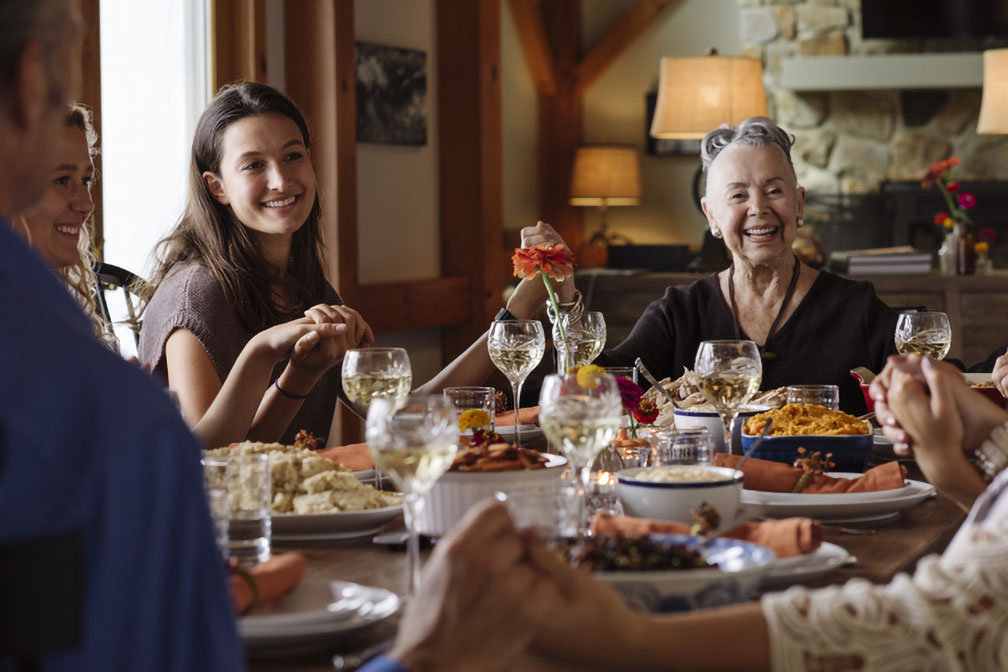
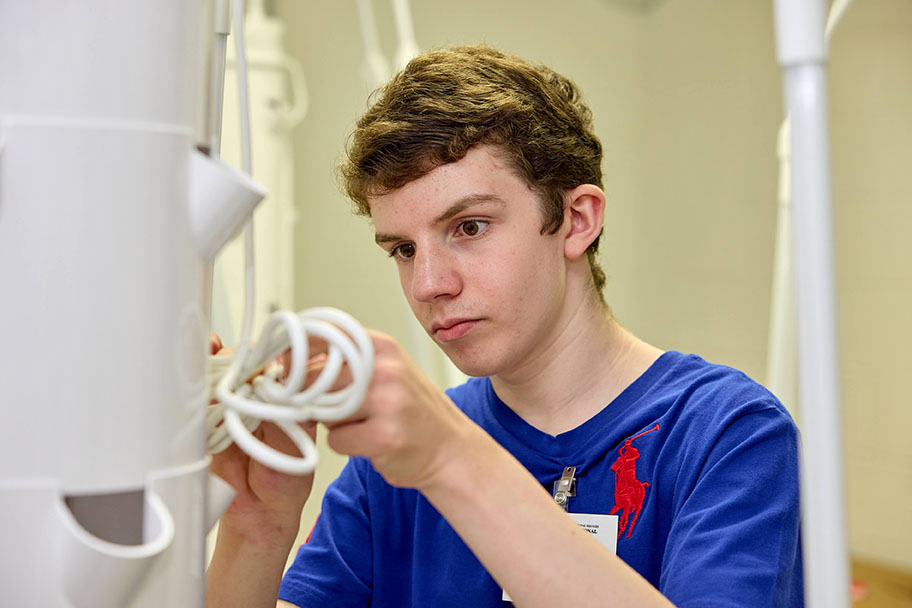

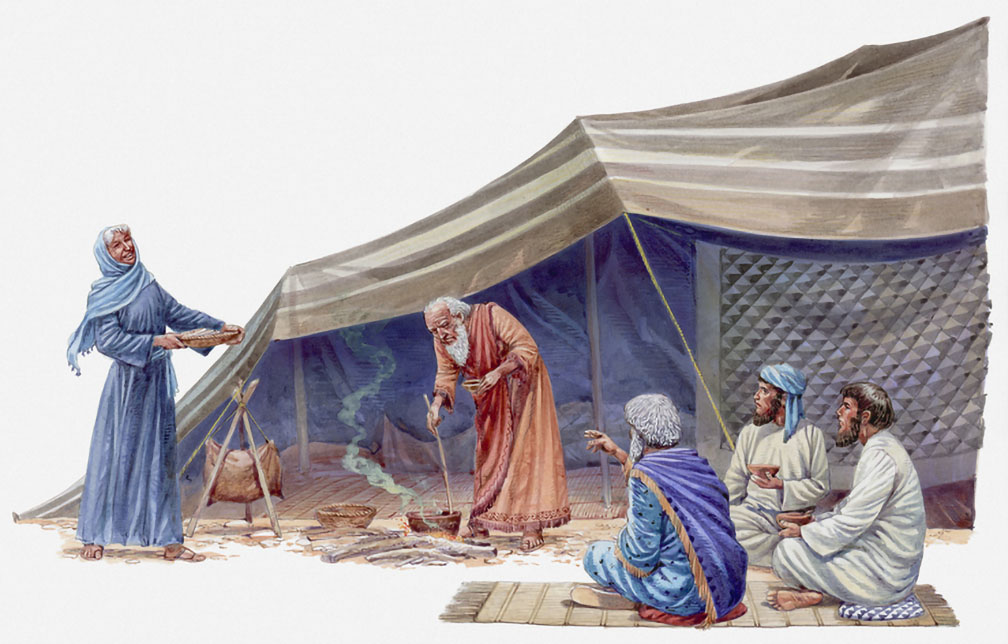

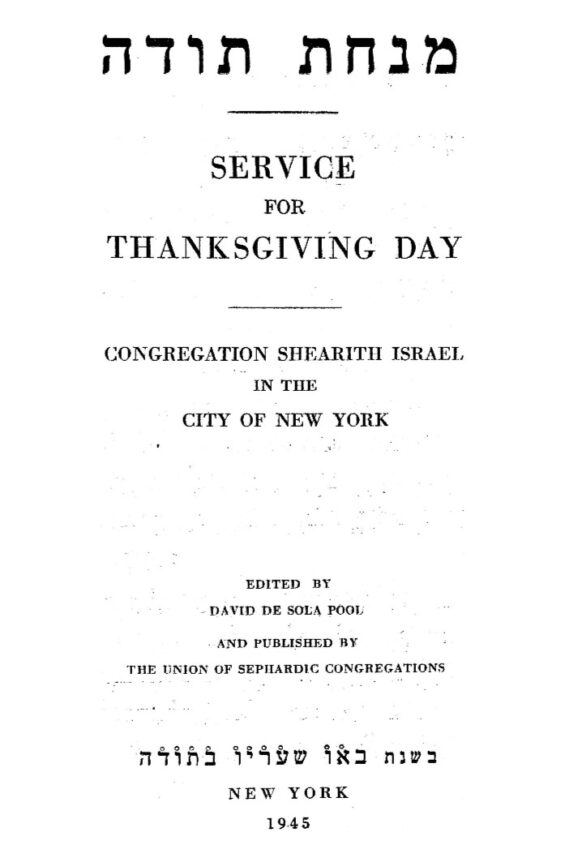


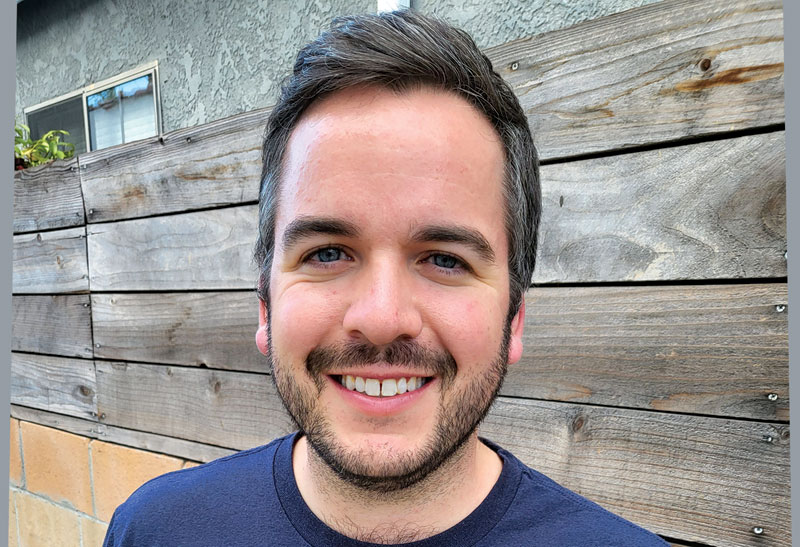
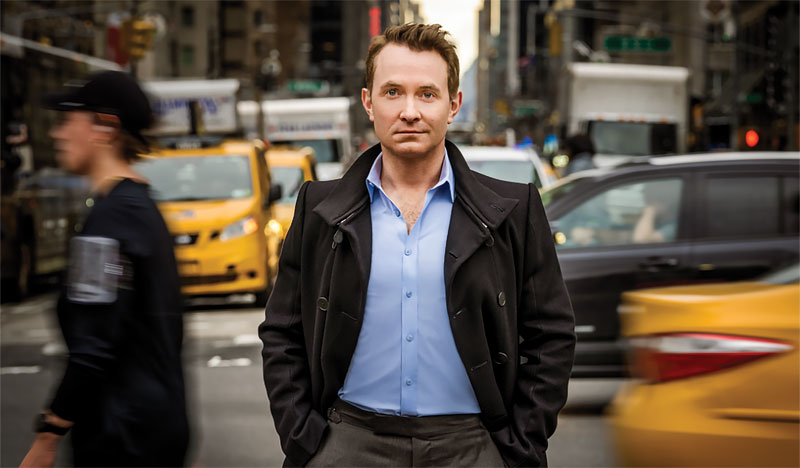




 More news and opinions than at a Shabbat dinner, right in your inbox.
More news and opinions than at a Shabbat dinner, right in your inbox.